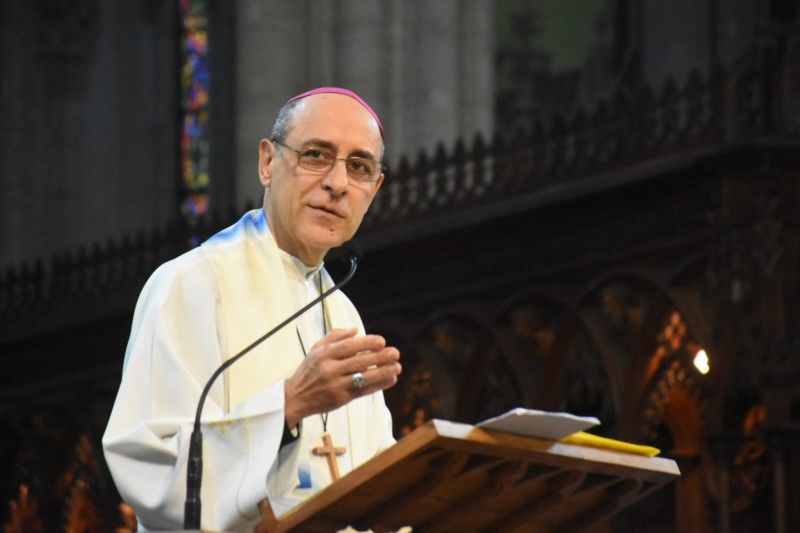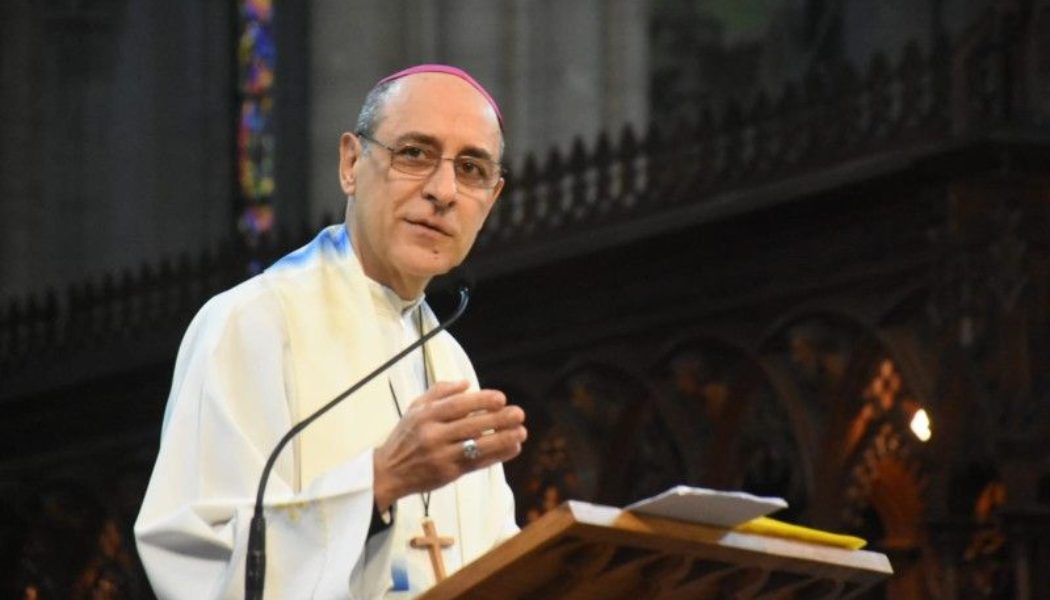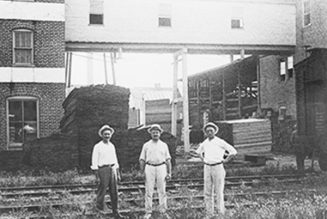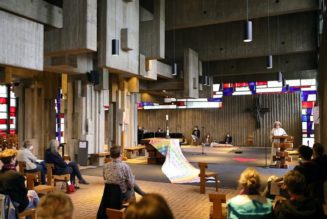
“The ashes of the deceased person … come from the material remains that were part of the person’s historical journey — so much so that the Church shows particular care and devotion concerning the relics of the saints,” Fernández added.
“This attention and remembrance also leads us to have an attitude of sacred respect toward the ashes of the deceased, which we conserve in a sacred place suitable for prayer, sometimes located near the churches visited by the family and neighbors of the deceased.”
The cardinal also said that it is permissible for the commingled ashes of deceased and baptized persons to be set aside in a permanent sacred place if the names of the person are indicated so as to not lose memory of them.
In explaining Church regulations for the preservation of cremated ashes, Fernández cited a 2016 Congregation for the Doctrine of the Faith document that prohibits the spreading of ashes and requires that ashes be kept in a sacred place designated by ecclesiastical authority. The cardinal noted that these regulations are still valid.
“The reservation of the ashes of the departed in a sacred place ensures that they are not excluded from the prayers and remembrance of their family or the Christian community” in the case of cremation, according to the instruction Ad Resurgendum Cum Christo, Regarding the Burial of the Deceased and the Conservation of the Ashes in the Case of Cremation, which the cardinal cited in his letter.
“It prevents the faithful departed from being forgotten, or their remains from being shown a lack of respect, which eventuality is possible, most especially once the immediately subsequent generation has too passed away,” the 2016 document adds. “Also it prevents any unfitting or superstitious practices.”








